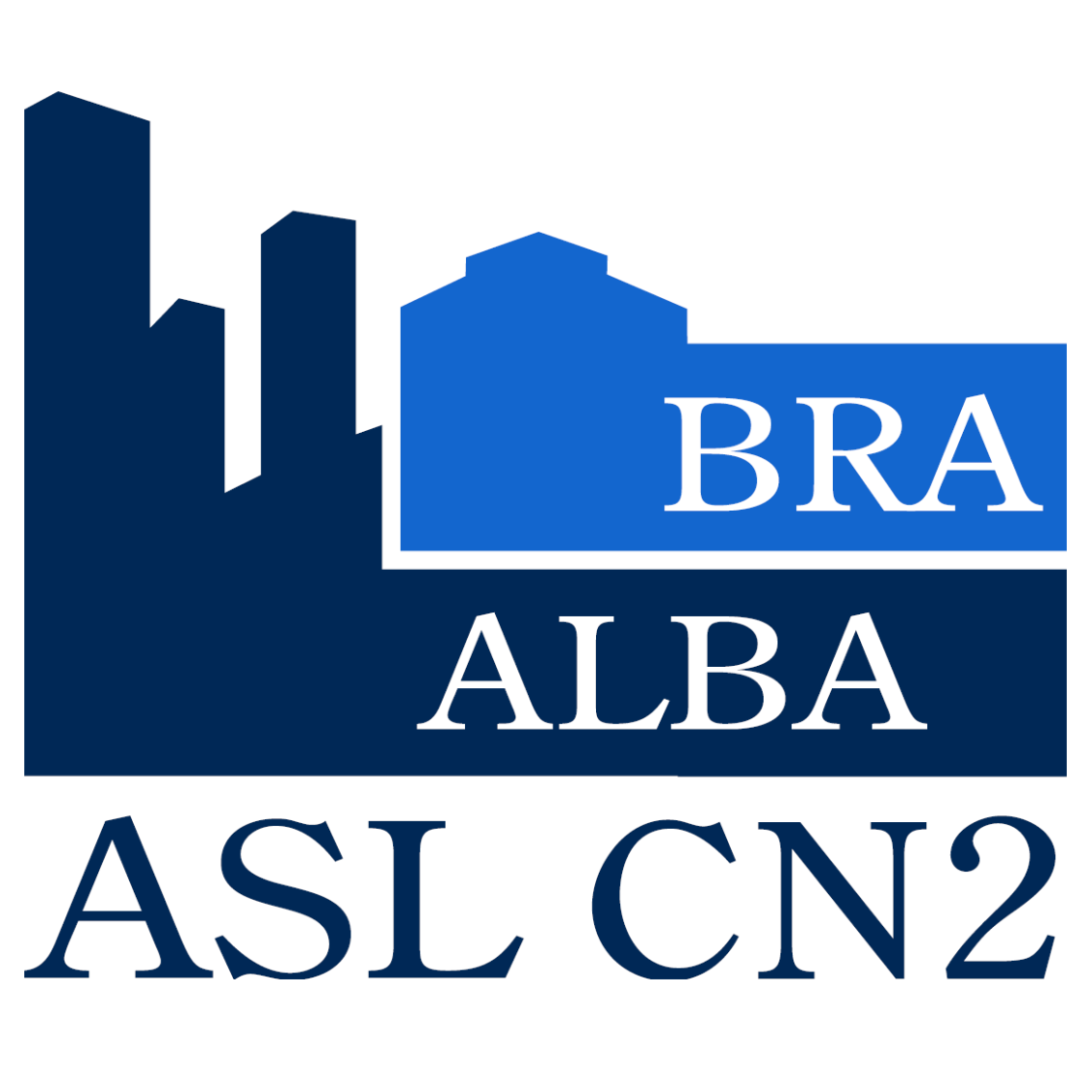Promoting health through physical activity at all ages. ASL CN2’s initiatives
DOI:
https://doi.org/10.14672/bepsp2024261-268Abstract
Physical activity and, in particular, walking programs, offer a moltitude of benefits like preventing chronic diseases, reducing associated mortality, increasing socialisation opportunities and improving mental well-being. A significant proportion of the population of all ages does not reach the recommended levels of physical activity to maintain good health, so sedentary behaviour is a widespread problem. To address these challenges, ASL CN2 promotes several projects aimed at raising awareness of healthy lifestyles. Among these, Walking Groups are an effective way to promote physical activity among adults. For children and adolescents the Muovinsieme project has been implemented: , following the good practice of the Mile a Day it promotes a walk as part of didactics activities. The project involves training teachers and it promotes healthy behaviours for pre-school, primary and secondary school students.
The results of these initiatives are encouraging: both the walking groups and the Muovinsieme project involve a good number of participants and they encourage ASL to continue to work on these topics, with the support of local organisations and volunteer associations.
References
Warburton DER, Bredin SSD. Health benefits of physical activity: a systematic review of current systematic reviews. Curr Opin Cardiol, 2017; 32:541-556. https://cdn-links.lww.com/permalink/hco/a/hco_2017_06_10_warburton_hco320510_sdc1.mp4
Recchia F, Bernal JDK, Fong DY, et al. Physical Activity Interventions to Alleviate Depressive Symptoms in Children and Adolescents: A Systematic Review and Meta-analysis. JAMA Pediatr. Published online January 03, 2023. doi:10.1001/jamapediatrics.2022.5090
Noetel M, Sanders T, Gallardo-Gómez D, et al. Effect of exercise for depression: systematic review and network meta-analysis of randomised
controlled trials. BMJ. 2024 Feb 14;384:e075847. doi: 10.1136/bmj-2023-075847. PMID: 38355154; PMCID: PMC10870815.
WHO guidelines on physical activity and sedentary behaviour. Geneva: World Health Organization; 2020
Linee di indirizzo sull’attività fisica per le differenti fasce d’età e con riferimento a situazioni fisiologiche e fisiopatologiche e a sottogruppi specifici di popolazione. Ministero della salute. Direzione Generale della Prevenzione Sanitaria, Ufficio 8 - https://www.salute.gov.it/imgs/C_17_pubblicazioni_2828_allegato.pdf
https://www.aslcn2.it/okkio-alla-salute-2019-report-asl-cn2/
Attività fisica - Sorveglianza Passi (iss.it) - istituto superiore di sanità https://www.epicentro.iss.it/passi/dati/attivita-oms#impatto
R.Bertolusso, D.Alessi, R.Badagliacca “Facilitare l’avvio di gruppi di cammino per la promozione della salute” in Bollettino Epidemiologico Anno 2022 (Bollettino Epidemiologico 2022 – Relazione su alcuni aspetti dello stato di salute della popolazione dell’ASL CN2 - ASL CN2) rbertolusso@aslcn2.it
Downloads
Published
Issue
Section
License

This work is licensed under a Creative Commons Attribution-NonCommercial-ShareAlike 4.0 International License.
La rivista BE.PSP persegue la politica di sostegno alla circolazione delle idee e del sapere. Gli articoli in essa contenuti sono ad accesso libero e distribuiti secondo i termini della Creative Commons Attribution License: Attribution-NonCommercial-ShareAlike 4.0 International, CC BY-NC-SA. Questa licenza consente agli utilizzatori dei contenuti dell’articolo di distribuire, modificare, adattare e sviluppare il materiale originale su qualsiasi supporto o formato solo per scopi non commerciali, e solo a condizione che venga correttamente attribuita la paternità del materiale originale indicando l’autore dell’articolo originale. Se l'utente modifica, adatta o sviluppa il materiale, deve concedere in licenza il materiale modificato secondo termini identici.





